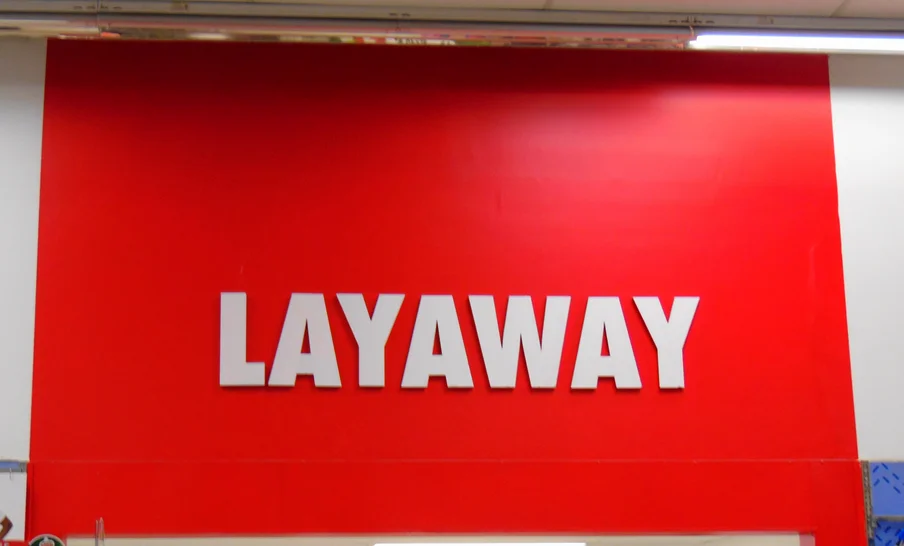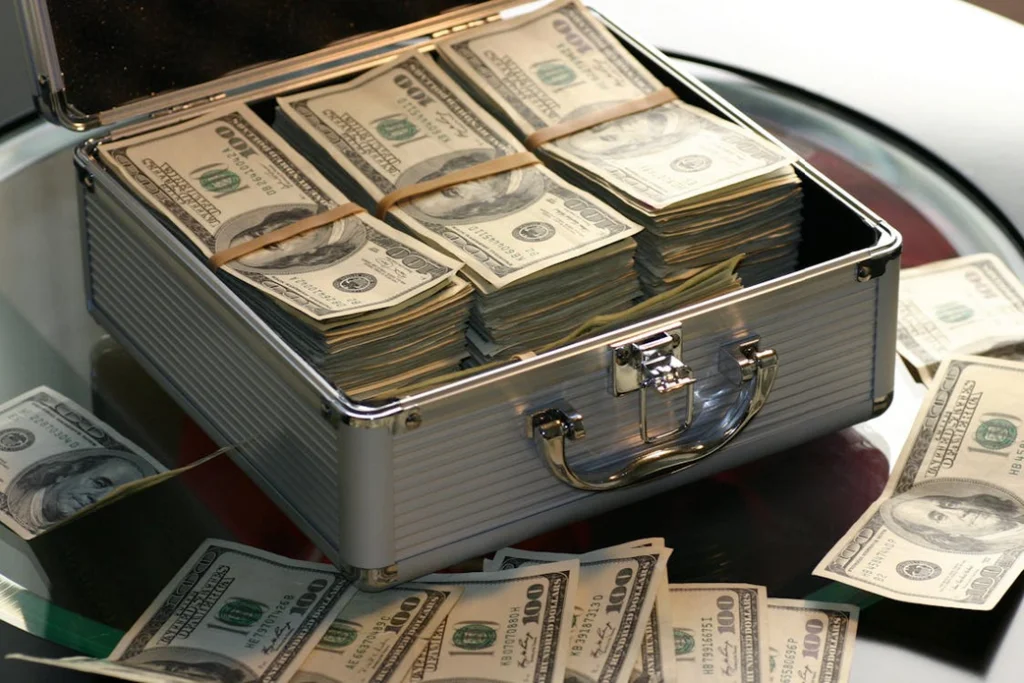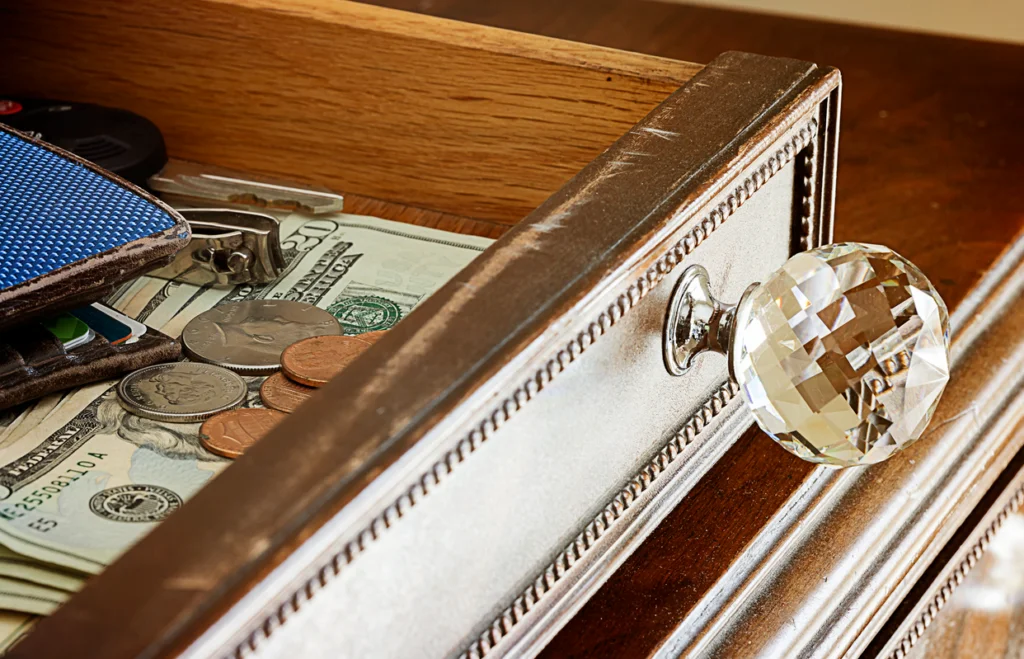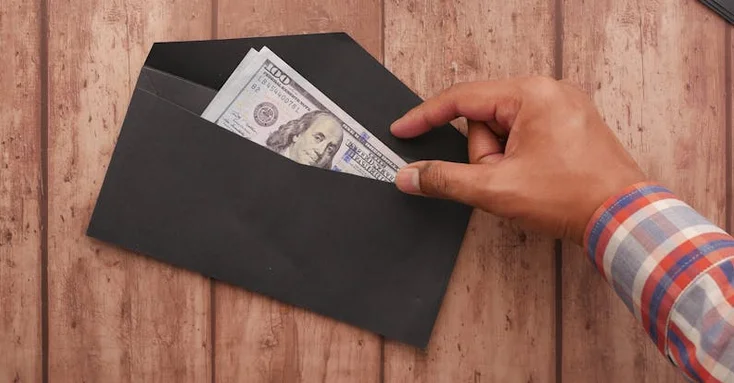Remember when your wallet bulged with cash instead of plastic? The 1970s marked the final decade before credit cards transformed from a luxury item to an everyday essential. For many Americans, financial life still revolved around paper, personal relationships, and practices that seem almost quaint by today’s standards. Before digital transactions and instant approvals became the norm, here’s how people managed their money when cash was still king.
1. The Friday Payday Ritual

Friday afternoons meant long lines at the bank as workers rushed to cash their paychecks before closing time. Employers handed out actual paper checks that needed to be physically deposited or cashed, creating a weekly financial rhythm that defined American life. The tellers knew regular customers by name, often asking about family members or upcoming plans as they counted out bills. OneUnited Bank further explores why Friday, specifically, is the big payday.
This weekly ritual created natural budgeting cycles, with many families dividing cash into envelopes for different expenses like groceries, utilities, and entertainment. No direct deposits meant planning your week around banking hours, and missing the Friday window could leave you cash-strapped until Monday morning. For many workers, particularly in blue-collar industries, payday also meant gathering at local establishments to celebrate the week’s end with colleagues—a social tradition that declined as electronic payments took over.
2. Layaway Plans for Major Purchases

Before instant credit approvals, stores offered layaway programs that allowed consumers to reserve items and pay for them incrementally. Customers would select merchandise, make a small down payment, and the store would hold the items while they made weekly or monthly payments until the balance was paid in full. Only after the final payment would shoppers take their purchases home, creating a forced savings plan that prevented impulse buying and debt accumulation. Investopedia explores the profound origin of layaway plans and its ties to the Great Depression.
Department stores like Sears, Montgomery Ward, and JCPenney made layaway a cornerstone of their business model, particularly for big-ticket items like appliances and furniture. The system required patience—sometimes months of waiting for items—but it also meant consumers only bought what they could eventually afford. Christmas layaway programs often started in summer months, with parents secretly paying down toys and gifts well ahead of the holiday season.
3. The Checkbook Balancing Ritual

Kitchen tables across America regularly transformed into accounting stations as family members meticulously recorded every check in their register and reconciled their balance against monthly statements. This mathematical ritual required attention to detail and basic arithmetic skills, with many people using specialized checkbook calculators to ensure accuracy. Balancing the checkbook was a fundamental financial discipline, often taught to teenagers as part of their preparation for adulthood. CommonWealth Beacon asserts that balancing a checkbook is one of the essential skills that needs to be taught in courses like home ec.
Bounced checks carried significant social stigma beyond just the bank fees—they suggested carelessness or, worse, financial instability. Most people kept a “cushion” of extra money in their accounts just to avoid the embarrassment of having a check returned. Bank statements arrived exclusively by mail, meaning any errors might not be discovered for weeks, making careful record-keeping essential for financial health.
4. Cash Advance from Employers

When unexpected expenses arose mid-pay cycle, many workers turned to their employers rather than financial institutions for short-term needs. Requesting a cash advance on already-earned wages was a common practice in many businesses, especially smaller companies where owners knew their employees personally. These informal arrangements relied on trust and workplace relationships rather than credit scores or formal applications.
The process typically involved speaking directly with a manager or visiting the payroll department, explaining your situation, and receiving a portion of your upcoming paycheck early. These advances were then deducted from your next payday, creating a simple, interest-free borrowing system. While potentially awkward, the practice reinforced the personal nature of financial transactions before algorithms began determining creditworthiness.
5. The Hometown Bank Loan Experience

Securing a loan meant putting on your best clothes and sitting down face-to-face with a local bank officer who likely knew your family and employment history. Credit decisions relied heavily on reputation, character assessments, and community standing rather than standardized credit scores. Loan officers often had significant personal discretion in approving applications, creating a system where relationships and personal impressions mattered enormously.
The paperwork was substantial but straightforward—no byzantine terms and conditions spanning dozens of pages. Interest rates were regulated by usury laws and remained relatively stable, unlike the personalized risk-based pricing models used today. For major purchases like homes, borrowers would make monthly visits to the bank to make payments in person, often chatting with staff who would ask about the new house or car the loan had helped purchase.
6. Christmas Club Accounts

Banks and credit unions offered special savings programs designed specifically for holiday expenses, providing a disciplined approach to accumulating funds throughout the year. Christmas Club accounts typically required weekly deposits of small, fixed amounts, with withdrawal restrictions until November when the accumulated savings (plus minimal interest) became available for holiday shopping. Participation often came with passbooks where each deposit was recorded, creating a tangible record of progress toward the savings goal.
These accounts helped families avoid January credit card shock and turned regular saving into a year-round habit. Many banks incentivized these programs with small gifts or premiums for opening accounts, and some employers even offered direct deposit options specifically for Christmas Club contributions. Though the interest rates were typically lower than regular savings accounts, the psychological benefit of separated funds dedicated to specific purposes outweighed the financial disadvantages for many families.
7. Travelers Checks for Vacations

Before ATMs appeared on every corner, Americans planning vacations purchased travelers checks—prepaid vouchers that functioned like cash but could be replaced if lost or stolen. Companies like American Express, Thomas Cook, and Citibank sold these checks for face value plus a small commission, creating a secure alternative to carrying cash while traveling. Travelers would sign each check upon purchase and then countersign when spending them, providing a verification system that merchants recognized worldwide.
The ritual of purchasing travelers checks became part of vacation planning, with many banks offering them commission-free to regular customers. For international travel, these checks solved the currency conversion problem, as American Express and other major issuers offered denominations in various foreign currencies. Though cumbersome by modern standards, travelers checks provided peace of mind in an era when a lost wallet while traveling could mean genuine financial crisis.
8. Specialized Store Credit Cards

Before Visa and Mastercard dominated the landscape, credit often existed as accounts with specific retailers rather than general-purpose cards. Department stores like Sears, gas station chains like Texaco, and even local clothing shops offered their own credit programs where approved customers could make purchases on account and pay monthly bills. These cards worked only at the issuing merchant, creating customer loyalty while providing purchase flexibility.
Store credit approval often happened on the spot with minimal paperwork, based on employment verification and sometimes just a quick call to a credit bureau. Monthly statements arrived by mail with carbon copies of sales slips attached as purchase records. Many Americans maintained several store accounts simultaneously but used them sparingly for larger purchases, considering them tools for convenience rather than lifestyle financing as credit cards would later become.
9. Money Orders for Bill Payments

For households without checking accounts or those paying businesses that wouldn’t accept personal checks, postal money orders provided a secure payment method with built-in verification. Purchased with cash at post offices, banks, or convenience stores, money orders provided proof of payment through a receipt stub that the purchaser retained. The fees were minimal—typically under a dollar—making them an affordable option for regular bill payments.
Utility companies, landlords, and mail-order businesses routinely accepted money orders, knowing they were prepaid and couldn’t bounce like personal checks. For many working-class families, the monthly ritual included purchasing multiple money orders at once, then addressing and stamping envelopes for each bill. The process consumed more time than today’s online payments but provided immediate confirmation that financial obligations were being met.
10. Passbook Savings Accounts

Children and adults alike maintained savings accounts documented in small booklets where each transaction was physically printed by tellers. These passbooks created tangible records of saving progress, with entries showing deposits, withdrawals, and interest payments in chronological order. The physical booklet had to be presented for transactions, creating a deliberate friction that discouraged impulsive withdrawals.
Banks often marketed passbook accounts to children specifically, with school savings programs where students brought weekly deposits to class in special envelopes. This early financial education emphasized patience and consistent saving, with the growing balance visible on each passbook page. Interest was typically calculated quarterly and added to accounts automatically, teaching the concept of compound returns through real examples rather than abstract explanations.
11. Cash Budgeting with Envelope Systems

Many households practiced literal envelope budgeting, dividing their cash into labeled paper envelopes designated for specific expenses immediately after payday. Common categories included groceries, gas, utilities, entertainment, and savings, with the physical separation of funds creating clear spending boundaries. When an envelope emptied, spending in that category stopped until the next payday, enforcing natural limits that prevented overspending.
This system provided visual feedback about remaining funds and required no mathematical calculations beyond basic addition and subtraction. For married couples, envelope budgeting created natural opportunities for financial discussions as they allocated resources together based on family priorities. While potentially inconvenient compared to modern digital tools, the tactile nature of handling cash made abstract concepts like budgeting concretely real.
12. The Handshake Loan Network

When banks said no or needs were too small for formal applications, friends and family formed lending circles that operated entirely on trust and social obligation. These person-to-person loans typically involved no written contracts or interest calculations—just verbal agreements and the understood obligation to reciprocate when the lender might need help in the future. In tight-knit communities, these arrangements created financial safety nets that operated outside institutional banking altogether.
Accountability came through social pressure rather than legal enforcement, with family reputation providing powerful motivation for repayment. These networks were particularly important in communities underserved by traditional banks, including many rural areas and immigrant neighborhoods. Though carrying obvious risks, handshake loans preserved dignity during financial difficulties and strengthened community bonds through mutual support.
The financial landscape of the 1970s required more patience, planning, and personal interaction than today’s instant digital systems. While less convenient in many ways, these methods created natural safeguards against overspending and fostered financial literacy through hands-on money management. As credit cards and electronic banking took over in subsequent decades, Americans gained convenience but lost something, too—the tactile connection to their money and the community-based financial systems that had shaped previous generations.


